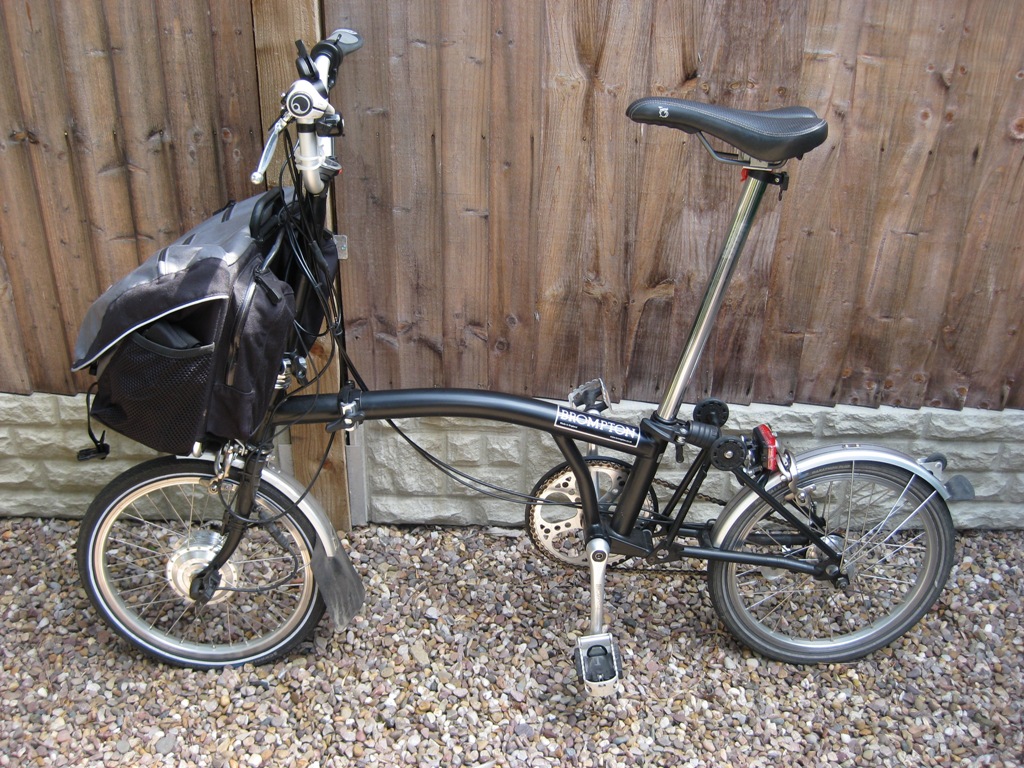jerrysimon
10 W
- Joined
- Oct 19, 2009
- Messages
- 82
Yes thanks for the fast reply doc, I think I realised my error almost as soon as I posted 
I have been using A123, 2.3Ah cells but thought I might give these a shot too. My A123 packs are made up in 2 * 6s1p packs i.e. 39.6v, 2.3Ah.
I will try and get some faulty MAKITA 18V LI-ION batteries off ebay as they seem quite cheap. Am I correct in thinking that to get a simlar pack the same as my A123 pack I have above, I would need 10s2p of these cells (giving me a slightly less voltage of 37v but slightly more capacity at 3.0Ah than the A123s) and maybe make them up in 2 * 5s2p packs for easy balancing though I am hopefull like the A123s they won't need it much ?
I reckon that would mean I need at least three faulty drill packs to take account of a few faulty cells ?
Finally I assume I would charge them on Turnigy charger/balancer on Lipo settings not LiFeP04. Also I assume I can't bulk charge them with a 36v SLA charger like I do with my 12s1p A123 pack ?
PS Just found the post below so I need to trawl through that!
http://endless-sphere.com/forums/viewtopic.php?f=14&t=7569&hilit=Konion+Makita+LiMn+battery
Regards
Jerry
I have been using A123, 2.3Ah cells but thought I might give these a shot too. My A123 packs are made up in 2 * 6s1p packs i.e. 39.6v, 2.3Ah.
I will try and get some faulty MAKITA 18V LI-ION batteries off ebay as they seem quite cheap. Am I correct in thinking that to get a simlar pack the same as my A123 pack I have above, I would need 10s2p of these cells (giving me a slightly less voltage of 37v but slightly more capacity at 3.0Ah than the A123s) and maybe make them up in 2 * 5s2p packs for easy balancing though I am hopefull like the A123s they won't need it much ?
I reckon that would mean I need at least three faulty drill packs to take account of a few faulty cells ?
Finally I assume I would charge them on Turnigy charger/balancer on Lipo settings not LiFeP04. Also I assume I can't bulk charge them with a 36v SLA charger like I do with my 12s1p A123 pack ?
PS Just found the post below so I need to trawl through that!
http://endless-sphere.com/forums/viewtopic.php?f=14&t=7569&hilit=Konion+Makita+LiMn+battery
Regards
Jerry


